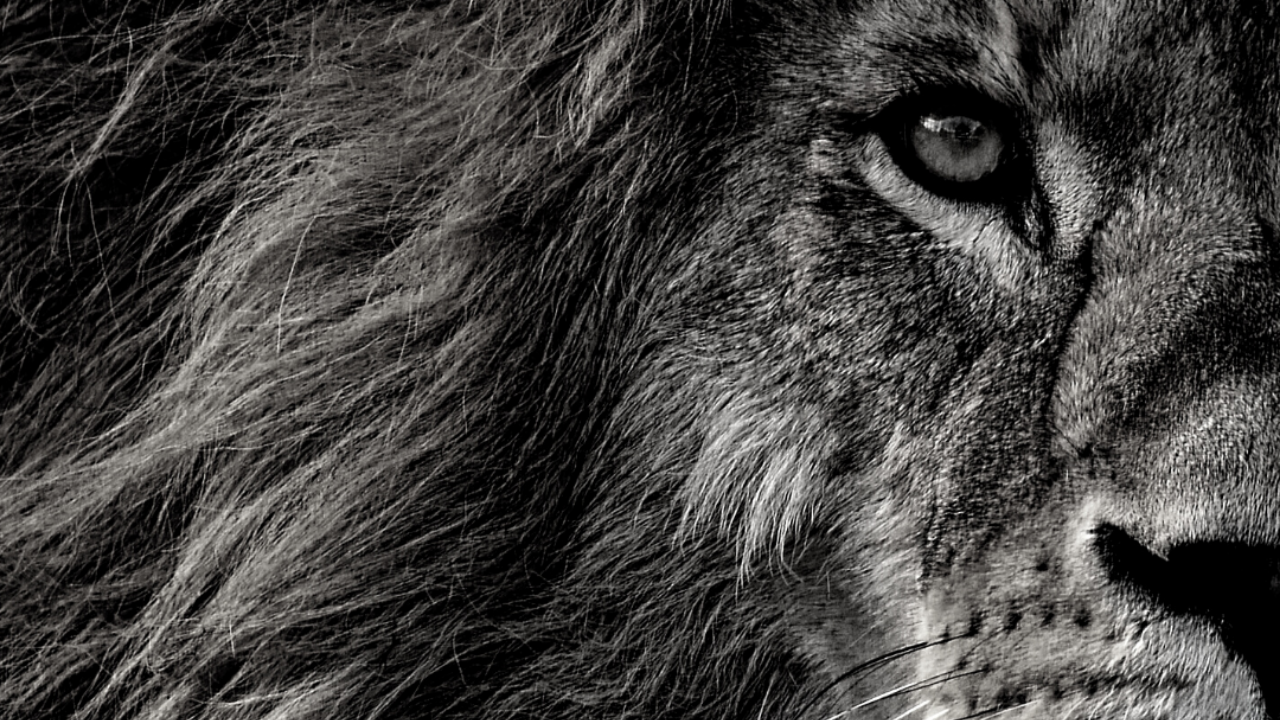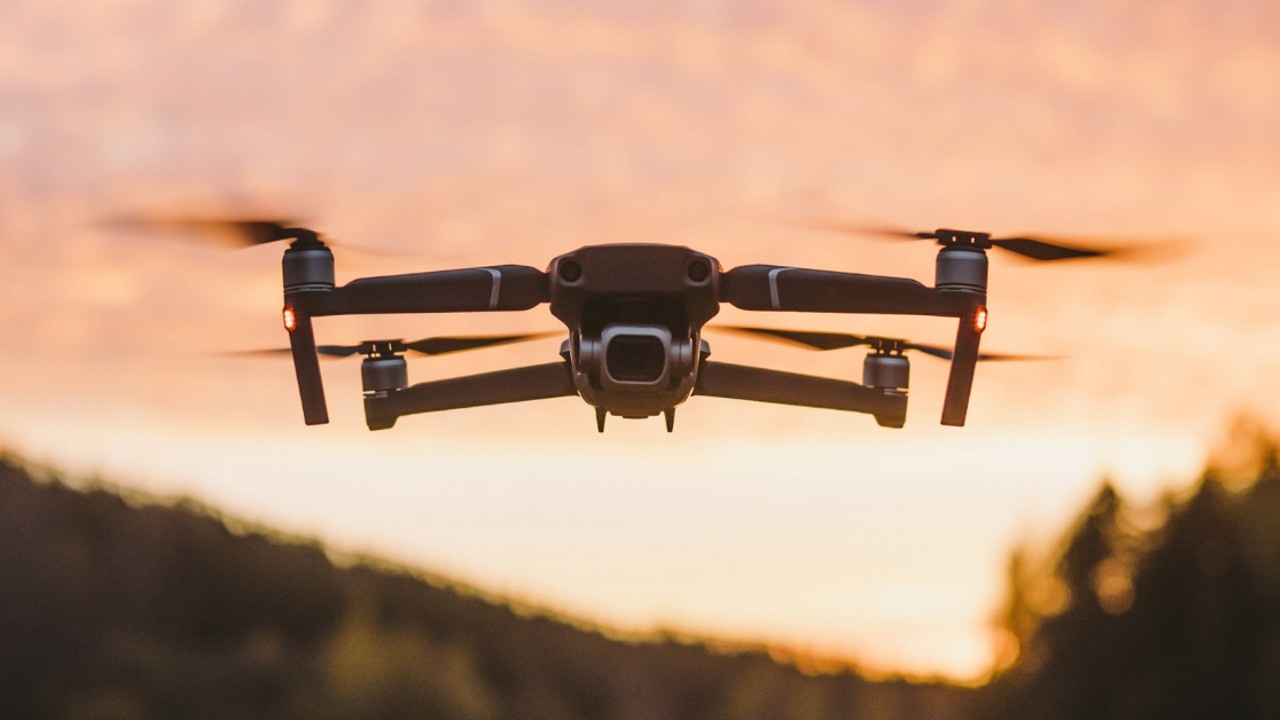5 Black Wildlife Species (and how we can study them)

Sick of hearing about Black Friday? How about some BLACK WILDLIFE instead...
Today I wanted a little escape from the usual hype and I invite you to join me to learn more about wildlife instead. Here are a few wild animal species that are (mostly) black in colour...

1. Short-Finned Pilot Whale
The Short-Finned Pilot Whale (Globicephala macrorhynchus) is the first of the species I want to share with you today. Preferring warmer waters to their Long-Finned relatives, these whales inhabit tropical and temperate ocean environments.
their favourite food is squid, but they will also eat octopus and fish too.
they catch their favourite prey in high-speed deep-dive chases, which has led to them to be known as “cheetahs of the deep sea”.
they feed mostly at night using echolocation to find their prey.
We can use a range of different technologies to survey and monitor marine mammals like the Short-Finned Pilot Whale, including hydrophones, DTAGs and...
Thermal Imaging Advances Fight Against Poaching

Adam Yaney-Keller
Nearly 80% of the world’s remaining white and black rhinoceros’ populations are in South Africa, making the country both a sanctuary for rhinos and a target for poachers[1]. Nearly 1,000 rhinos were killed each year between 2013 and 2017, and although poaching has decreased since then, so has the overall population[1] [2] [3]. While many new technologies are being employed in the fight against poaching, the main line of defense remains foot and vehicle patrols [4]. However, these patrols can be dangerous, and even deadly for the rangers[4] [5]. A team of researchers, led by Professors Adam Hart and Anne Goodenough from the University of Gloucestershire in the UK, sought to determine whether Infrared Thermography or IRT, might be a useful tool for making these patrols safer and more effective.
IRT works by remotely sensing temperature, giving the user a visual of heat sources in their environment. “Think of it like a digital camera, but...
International Bat Night: The Story So Far…

by Nils Bouillard, Barbastella Echology
What exactly is International Bat Night?
International Bat Night takes place on the last full weekend of August, it’s an event that’s pure outreach so that means it’s all about the general public, not just the bat crazy people.
Getting the larger community involved in bat work isn’t easy. It’s definitely not as easy as asking people to count birds at their garden feeders in the winter or butterflies in their flower boxes. Bat work often requires expensive equipment and skills to be able to correctly identify and interpret the behaviour of free-flying bats.
So International Bat Night has been, since its inception, an opportunity for many people, across Europe (and beyond) to discover the world of bats. Having one day a year where people learn to expect events near them greatly helps reach more people - it’s a unified call from the whole world, instead of just your local bat group shouting on social media.

...
How to be valued as a wildlife professional

by Dr Kayleigh Fawcett Williams, Wildlifetek's Founder.
It’s no secret that there are huge issues for many humans who have chosen to follow a wildlife career path, though our work is incredibly valuable. Almost every day I read about how members of the wildlife community are exploited trying to do the work they are so passionate about. But just because this is the way it is right now, does not mean it has to continue on this way.
Change is needed at multiple levels. Whilst there is no doubt that systemic change is needed, change can also come from us as individuals, catalysing a ripple effect through the world of our profession. As an individual, there are things you can do to be valued and appropriately remunerated as a wildlife professional.
I’m not talking about being paid what you’re worth, because let's face it, that’s not possible. Your worth as a human being cannot be attributed to any financial benchmark or professional accolade. I’m...
Don't let this issue damage YOUR wildlife career

Are you trying to get your foot in the door to your wildlife career? Over the past year I’ve seen so many painful stories from would-be wildlife professionals who despite their efforts just can’t seem to get a full time paid role.
Does that sound like you?
The struggle is real.
I hear you!
Wildlife work is a highly competitive field. There is a wealth of well qualified candidates for a limited amount of paid roles. Now with the added complications of Covid-19, it is even tougher. Funding is tight for organisations around the world, including key employers for wildlife roles.
Even before the pandemic, the wildlife career path was not an easy one for another reason: exploitation. The army of amazing people out there working for wildlife is incredible. Unfortunately, many of them are exploited in their quest for their dream wildlife job. I’ve witnessed this in the wildlife community, along with the damage it does to individuals and their wildlife careers.
...
Fake it till you make it – sounds of a healthy coral reef may help to restore it to its former glory

by Juliana Andrea Berner
The ocean – an image of vast tranquility and serenity. Despite this, the ocean can be quite a noisy place!
Coral reefs make up less than one percent of the ocean floor. However, coral reefs include a plethora of species with about 25 percent of all marine life calling this place home. The biodiversity is believed to be more immense compared to even the biodiversity in rainforests [1]. From this erupts a symphony of sound! From the crackling of snapping shrimp to the parrotfish scraping for food or even just the movement of crustaceans over the reef. Creating an enchanting and quite noisy paradise [4].

The animal in question
The main star of these coral reefs are the corals themselves. Corals are sessile animals – in other words, they are stationary animals when in their adult stage. While in larval form the coral can swim by moving the cilia on the surface of their bodies. However, these larvae are not the strongest of swimmers, so they more or...
Flying Fish Ahoy!

by Juliana Berner
In one form or another, we know about salmon. Salmon are ray-finned fish in the Salmonidea family and are indigenous to the two largest oceans – the Atlantic and the Pacific. The Atlantic Ocean only has one species the Atlantic salmon (Salmo salar), while the Pacific Ocean have six indigenous species, Pink (Oncorhynchus gorbuscha), Chum (O. keta), Sockeye (O. nerka), Coho (O. kisutch), Chinook (O. tschawytscha) and Cherry (O. masu) [1]. However, the overall lifecycles of both the Atlantic and the Pacific salmons are highly similar.
Quick lifecycle of the salmon
Salmon are anadromous fish meaning they transition between multiple habitats throughout their lifetime – in this case – between fresh and saltwater [2]. The life cycle of the salmon includes six stages:
- Egg stage: laid and hatched in a freshwater river
- Alevin stage: newly hatched with a yolk attached for nutrition
- Fry stage: when the yolk sack has been absorbed the salmon is a fry...
Eelscalator – a Helping Hand

by Juliana Andrea Berner
Let’s get one thing straight! What a true eel is and what a fake eel is. Despite its misleading name, the electric eel is in fact not an eel but a knifefish and a member of the Gymnotiformes order, meaning they are closely related to carp and catfish rather than actual eel [1]. However, unlike true eels, electric eels are solely found in the freshwaters of South America. A further distinction between the two orders is that electric eels are air-breathers needing to surface to breathe compared to true eels that breathe underwater using gills [2]. The reason for the electric eels’ name is – you guessed it – they are electric while looking like an eel [1].
Who is this so-called true eel?
Eels are an underrated creature of the sea. Not much is known – but this slimy snake-like fish belongs to the Anguilliformes order with 15 families and over 800 species including moray, conger and freshwater eels. These critters are found at almost...
The pitfalls of wildlife volunteering programmes and how to avoid them

by Sophie Bell
Extensive experience of volunteering and working with wildlife is usually a huge advantage in the conservation industry. Unfortunately, the costs, availability and location of these opportunities can alienate large groups of people, resulting in a biased skew of more privileged industry professionals. This is a huge shame, as conservation is improved massively by having varied opinions from different backgrounds and cultures. It also means that people with the biggest passion for wildlife, and potentially amazing talents that could achieve wonders for the industry, end up never getting into it.
Sadly, there are also a number of volunteering programmes which take advantage of people desperate to care for wildlife. Personally, I have fallen into a tourist trap whilst volunteering abroad, which could have been avoided if I had the resources and knowledge to complete the proper research beforehand. I didn’t realise until a while afterwards that I had paid an...
Buying your first drone? Key aspects before making your decision!

by Lucía Caldas
As you may have noticed, drones are becoming extremely popular mainly due to the advances in technology that have made them much more affordable for the general public. As a result, the variety of drones on offer can become somewhat overwhelming. I have wanted my own drone for quite some time, but... which one should I get?
These quadcopters can be quite pricey and some of them require substantial knowledge to get the most out of them, so it’s important to have as much information as possible before spending a lot of money on a device that might not be right for you. With this in mind, there are some key aspects you should carefully consider before buying your first drone.
1. What is the law regarding drones where you live/plan on flying?
It would be very frustrating to find out that you are not allowed to fly where you wanted to after spending a considerable amount of money on your drone, so do your research (as easy as typing “where can I fly my...

